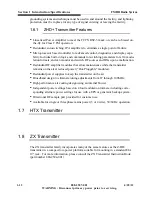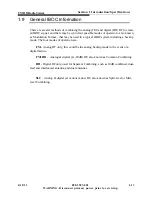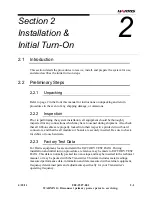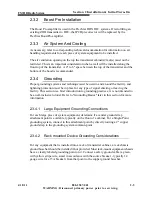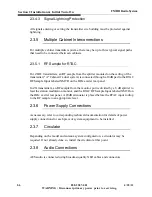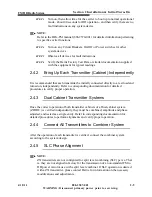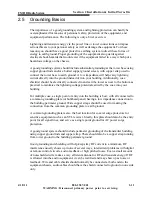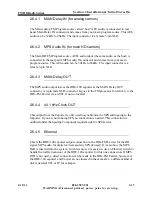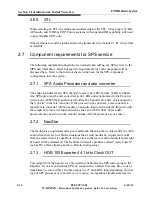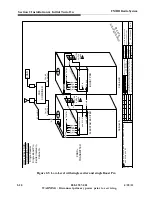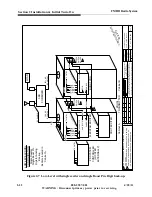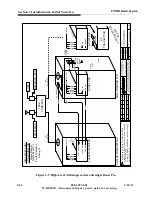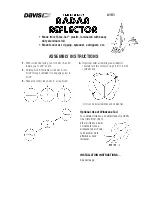
4/18/11
888-2587-001
2-11
WARNING: Disconnect primary power prior to servicing.
Section 2 Installation & Initial Turn-On
FM HD Radio System
2.5
Grounding Basics
The importance of a good grounding system and lightning protection can hardly be
overemphasized for reasons of personnel safety, protection of the equipment, and
equipment performance. The following is only a brief overview.
Lightning and transient energy via the power line or tower connections can impose
serious threats to your personal safety as well as damage the equipment. For these
reasons you should have a good protective earthing system to divert these forms of
energy to earth ground. Proper grounding of the equipment also guards against
electrical shock hazards that would exist if the equipment failed in a way which put a
hazardous voltage on the chassis.
A good grounding system should include substantial grounding at the tower base using
copper ground rods and/or a buried copper ground screen, with copper strap used to
connect the tower base to earth ground. A low impedance will help carry lightning
current directly into the ground instead of into your building. Additionally, coax
shield(s) should be electrically connected to and exit the tower as near to the bottom as
practical to minimize the lightning voltage potential carried by the coax into your
building.
For multiple coax, a single point of entry into the building is best, with all connected to
a common grounding plate (or bulkhead panel) having a low impedance connection to
the building perimeter ground. Wide copper straps should be used for making the
connection from the common grounding plate to earth ground.
A common grounding plate is also the best location for coaxial surge protectors for
sensitive equipment such as an STL receiver. Ideally, this plate should also be the entry
point for all signal lines, and serve as a single point ground for AC power surge
protection.
A good ground system should include perimeter grounding of the transmitter building
using copper ground rods and copper strap. There should also be a copper strap running
from tower ground to the building perimeter ground.
Good grounding and shielding will help keep stray RF current to a minimum. RF
interference usually shows up in one of several ways, intermittent problems with digital
or remote control circuits, audio feedback or high pitched noise. Even a small amount
of non-shielded wire makes a very efficient antenna for RF and transient energy. If RF
is allowed into the audio equipment, it can be rectified and may show up as noise or
feedback. Wire and cable shields should normally be connected at both ends to the
equipment chassis, audio cables should have the shield connected to ground on one side
only.


